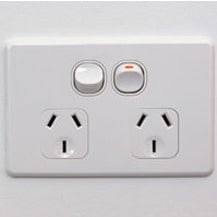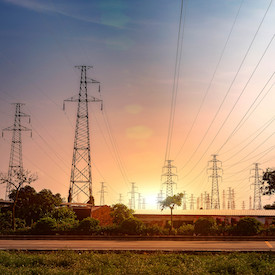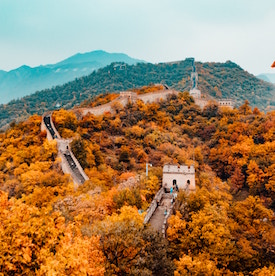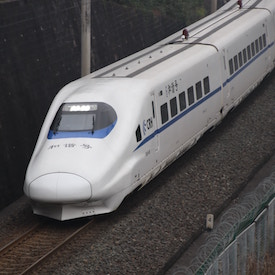China is an incredibly vast and diverse country and one that can feel more than a little intimidating to new travelers. But those who do go, and especially those who venture beyond the few popular cities, will be rewarded with unique experiences and a look at a culture completely different from their own.
More so than with most other countries, though, it’s important to make sure you’re prepared for a trip to China. Leave plenty of time to get your visa, research how to get from the airport to your hotel, and make sure to bring everything you’ll need. When you’re packing, don’t forget a US to China power adapter, so you can keep your phone and other electronic necessities charged during your trip. We’ll also cover some awesome additions to your packing list that will undeniably enhance your trip.






















 Autumn is generally the best time to visit China; it’s cooler and less crowded than summer and not as rainy as spring. If you can’t go in the fall, springtime is the second best time, and northern China doesn’t get too much rain anyway. You’ll want to avoid visiting during public holidays if possible, especially Chinese New Year and the Golden Weeks. Popular landmarks overflow with Chinese tourists, and everything sells out far in advance. Be sure to check current
Autumn is generally the best time to visit China; it’s cooler and less crowded than summer and not as rainy as spring. If you can’t go in the fall, springtime is the second best time, and northern China doesn’t get too much rain anyway. You’ll want to avoid visiting during public holidays if possible, especially Chinese New Year and the Golden Weeks. Popular landmarks overflow with Chinese tourists, and everything sells out far in advance. Be sure to check current  As one of the world’s biggest and oldest cities, Beijing has no shortage of things to do. Visits to the Great Wall and Tiananmen Square should top any itinerary. Other top attractions include the National Museum, the Temple of Heaven, the Summer Palace, and the Forbidden City. For market enthusiasts, there’s also the Silk Market and Wangfujing Night Market. Some of the best areas to wander include the neighborhoods of Gulou and Shunyi, as well as the 798 Art District.
As one of the world’s biggest and oldest cities, Beijing has no shortage of things to do. Visits to the Great Wall and Tiananmen Square should top any itinerary. Other top attractions include the National Museum, the Temple of Heaven, the Summer Palace, and the Forbidden City. For market enthusiasts, there’s also the Silk Market and Wangfujing Night Market. Some of the best areas to wander include the neighborhoods of Gulou and Shunyi, as well as the 798 Art District. Because China is so enormous, flying domestically may be the only feasible option, depending on where you’re going. The country has nearly 200 airports and almost a dozen major airlines, so the flight options are plentiful. China also has one of the world’s most extensive rail networks, with ultra-modern high-speed trains running on some routes. The trains are efficient and, except for the cheapest classes, very comfortable.
Because China is so enormous, flying domestically may be the only feasible option, depending on where you’re going. The country has nearly 200 airports and almost a dozen major airlines, so the flight options are plentiful. China also has one of the world’s most extensive rail networks, with ultra-modern high-speed trains running on some routes. The trains are efficient and, except for the cheapest classes, very comfortable.